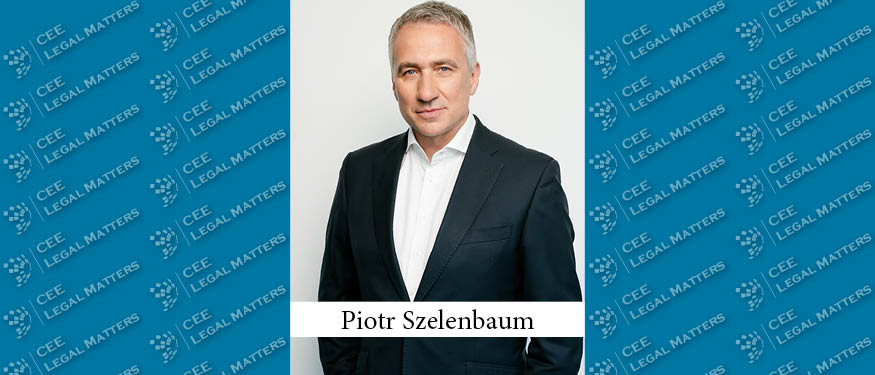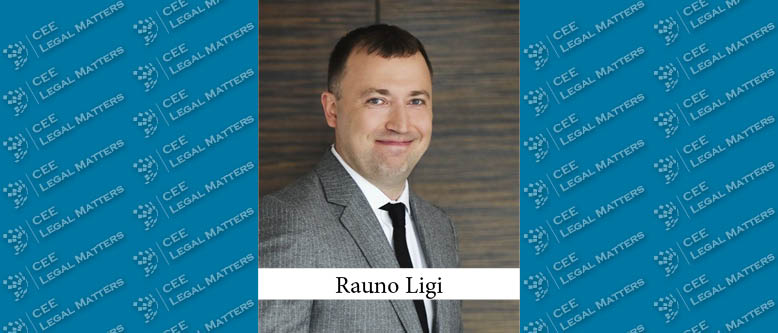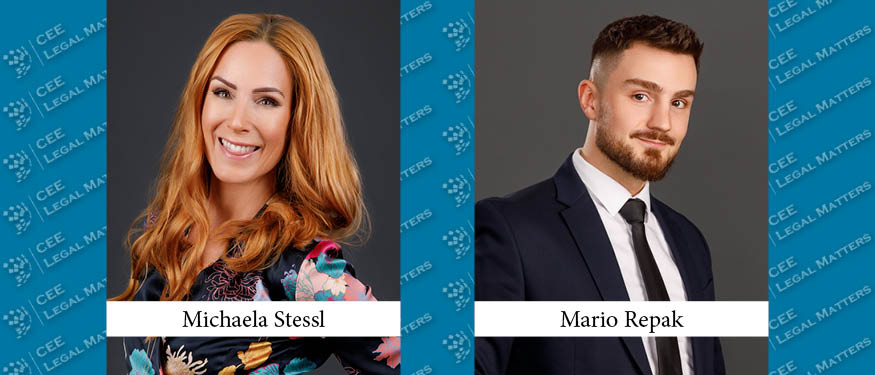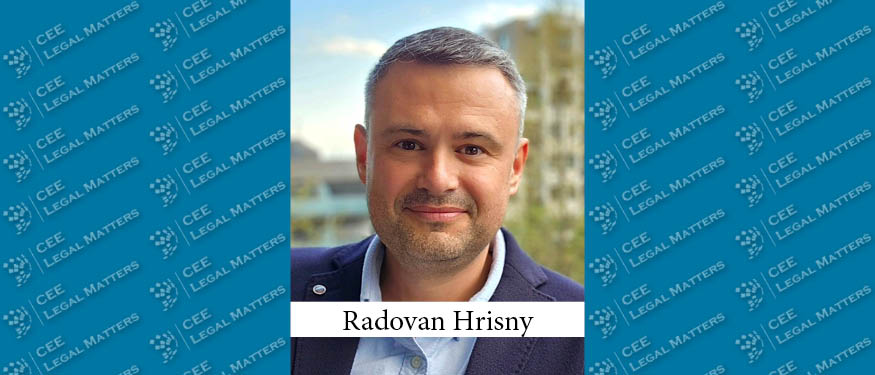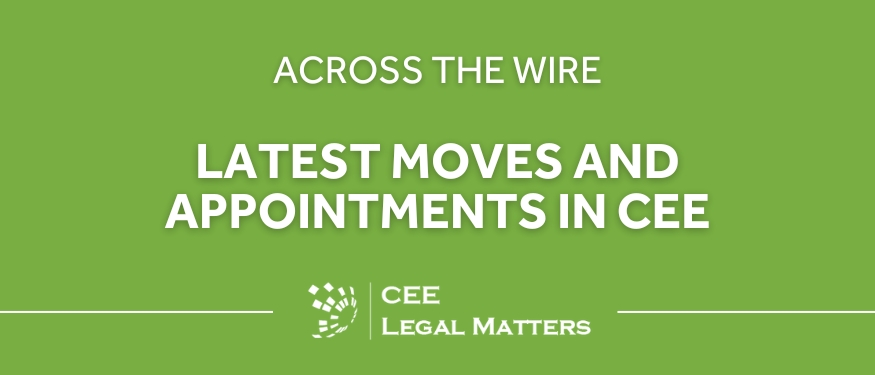Grid connection in Romania is mainly regulated by ANRE Order no. 59/2013 approving the public grid connection regulation (the “Connection Regulation”), which has already been amended twice in 2022 (under ANRE Orders no. 17/2022 and 81/2022) and will soon be amended for a third time. Hence, the legal regime governing grid connection is quite a carousel of changes and reshapes.
Some of the most typical challenges for renewable projects in nearly every jurisdiction refer to the grid connection and these challenges are often bi-directional, as they are caused not only by the uncontrollable/unpredictable nature of the renewable sources but also by the shortage of the existing grid infrastructure. While the renewable technologies have quickly evolved, truth is the grid infrastructure is struggling to keep the pace with the overwhelming number and size of renewable projects under development, which are thus running in a harsh race for securing favorable grid connection conditions.
Certainly, every jurisdiction has its own profile, but generally the grid connection challenges fall within the following categories: (i) available information on grid capacity; (ii) costs required to secure grid capacity; (iii) costs required to build interconnection/expand grid capacity; (iv) balancing, curtailment, or other grid related costs.
Let us take a brief look at these typical challenges from a Romanian perspective.
Grid capacity information – map and territory
Certainly, one of the main steps an investor would take in a project is to assess the available capacity in the targeted area that does not require deep connection works (in Romanian lucrari de intarire), in other words, a capacity that is readily available without any additional efforts and costs by the investor related to grid enhancement.
According to ANRE Procedure for the establishment of the available capacity in the electric grids for the connection of new energy generation capacities dated 22.12.2021, approved under ANRE Order no. 137/2021 (the „ANRE Procedure”), the Romanian transmission system operator - Transelectrica - has the obligation to calculate and publish on its website the available capacity in the distribution and transmission grids (at the 110 KV level) for each pre-defined grid zone, on a regular basis (more precisely, every week, starting with October 2022). Also, Transelectrica was required to adopt a working procedure for defining the grid zone, calculation method, and communication with the distribution operators (the “TSO Procedure”). Further to this, Transelectrica has published on its website an interactive map with grid capacity information for 10 pre-defined grid zones labelled from A to J (the “Interactive Map”).
However, the ANRE Procedure does not require Transelectrica to publish the TSO Procedure, so that how the available capacity is calculated is not quite transparent. Moreover, although the ANRE Procedure mentions that the information published by Transelectrica should cover every grid node / item of the pre-defined grid zone, the Interactive Map is only showing aggregate information for the 10 grid zones. Therefore, the practical value of this Interactive Map appears to be much lower than it should have been if a detailed status, as foreseen by the ANRE Procedure, had been covered by it (for instance, it would be much more valuable for an investor to know what precise capacity is available in a certain substation / station where connection can be effectively done than the aggregate / diffuse available capacity in a large area). It seems it is one of those situations where the map does not reflect well enough the territory (a zoom-in function is lacking here).
Grid capacity reservation – financial guarantee or non-reimbursable fee?
Under the previous legislation, before the enactment of the current Connection Regulation at the end of 2013, grid reservation in Romania was more or less free of charge, therefore any person could obtain a technical connection permit (in Romanian aviz tehnic de racordare - “ATR”) for a relatively minor administrative fee (certainly, plus the costs with the service providers preparing the related documentation), further to which it could sign the connection agreement under the conditions negotiated by the parties (the law imposed few or no conditions). In this way, a significant chunk of the available grid capacity was blocked for years by speculators or investors lacking the financial capacity to develop projects, but which instead easily concluded connection agreements in rather lax terms and, often, without back-up guarantees.
However, under the current Connection Regulation, ATR holders must provide a financial guarantee in an amount set by the grid operator which is up to maximum 20% of the connection tariff (the “Guarantee”) within 3 months as of the ATR issuance date, under the sanction of the ATR losing validity. Such an obligation kicks in if the ATR provides for deep connection works upstream the connection point.
All good in principle, as this is meant to protect true investors against speculators who block the grid and do not fulfil their obligations set out in the connection agreement, but there is one problem. The Connection Regulation provides that, besides the breaches of certain obligations set forth in the connection agreement, one additional situation when the Guarantee may be enforced is where the ATR holder fails to apply for the conclusion of the connection agreement within the ATR validity term. According to the Connection Regulation, the ATR loses its validity if the ATR holder fails to conclude the connection agreement within 12 months as of the ATR issuance date. This 12-month term is seemingly meant to act as a reservation period during which the ATR holder must decide whether to go on with the project or not, but then, if it decides to drop the project and, in such case, loses the Guarantee, it means that in reality the Guarantee once paid may never be recovered. This is, however, not the spirit in which the Guarantee is regulated under the Connection Regulation, as its purpose seems to be that of securing the fulfillment of the obligations under the connection agreement not that of a non-reimbursable reservation fee for grid capacity (ATR). Therefore, in this situation the applicant is actually compelled to take a decision about the conclusion of the connection agreement within 3 months instead of the legal term of 12 months just to avoid losing the Guarantee.
Grid capacity building – the alternative dilemma
Until the recent amendments to the Connection Regulation brought under ANRE Order no. 81/2022 (“Order 81/2022”), the feed-in to the grid of the entire approved power in the event that deep connection works were provided under the ATR was permitted only after such works were completed, in order to cover for the normal operation of the grid at the N-1 scenario (i.e., in the situation where an item of the grid is out of operation) (the “N-1 Criterion”). The N-1 Criterion is the underlying safety operational standard of Romanian electricity public grids, as provided in the technical codes of the distribution and transmission systems (approved under ANRE Orders no. 128/2008 and 20/2004).
However, Order 81/2022 introduces the concept of “operational limitation”, which means that the producer is allowed to connect and can feed into the grid its power output up to the approved capacity within the limits imposed for the satisfaction of the N-1 Criterion (the limitations would be automatic based upon certain grid contingencies to be pre-defined in the solution study and the ATR). This is different from the provision in the ATR of the approved/maximum power in a dual scenario - without and with deep connection works (i.e., the Connection Regulation requires grid operators to include in the ATR not only the approved power subject to deep connection works, but also the value of the maximum power to be approved without deep connection works).
So far so good, but the uncertainties arise where it comes to the correlation between the operational limitation and the deep connection works. Is the operational limitation an alternative to deep connection works? If yes, is it a temporary or permanent alternative and is it an alternative to all deep connection works or just to some? Can the producer change its mind and switch back to the deep connection works scenario to always access the entire approved capacity? These aspects are not clear in Order 81/2022, and they require, therefore, a lot of interpretation work.
Thus, Order 81/2022 does not mention anywhere that the connection solution with operational limitation is an alternative to the connection solution with deep connection works. This is expressly acknowledged by ANRE in the ancillary documents related to the approval of Order 81/2022 (i.e., the press release dated 16.06.2022 and the summary of comments to the draft version of Order 81/2022 launched for public consultation). However, while in some instances ANRE mentions the operational limitation as an alternative to deep connection works overall, in other instances ANRE expressly points out that it is an alternative to the general deep connection works. The Connection Regulation distinguishes indeed between specific deep connection works (i.e., which are required in order to make possible the evacuation of the approved power exclusively for the particular project in question) and general deep connection works (i.e., which are required in order to make possible the evacuation of the approved power for several projects). Moreover, Order 81/2022 expressly sets forth that the ATR with an operational limitation solution will include the specific deep connection works and the quota of general deep connection works that the investor accepted to finance. Hence, it would appear that these deep connection works included in the ATR are still to be carried out or at least to be paid for according to the methodology approved under ANRE Order no. 11/2014 (representing the TI component of the connection tariff).
Under these circumstances, the practical advantage of the operational limitation solution could be substantially diluted if the financial burden of the investors for deep connection costs is not actually lifted from their shoulders. Irrespective of this, the operational limitation solution might also raise some concerns from a project finance perspective, as it will possibly reduce the predictability of income calculation, given that the applicability and the extent of the operational limitations entirely depend on grid contingencies.
As to whether the operational limitation solution is temporary and reversable, Order 81/2022 does not provide anything expressly. However, there is no regulated express term for the application of the operational limitation or prohibition to change the connection solution, so that it is reasonable to assume the investor can choose, at any time later, to finance all necessary deep connection works that would remove the operational limitation need.
Operational costs related to the grid use – how much is enough?
After the producer starts operating, there are other legal obligations that need to be met in connection with the overarching objective of ensuring the safe and reliable operation of the grid.
Thus, the main costs of the producer in connection with grid access during the operational phase are related to (i) balancing responsibility; and (ii) adequate maintenance of the internal installations that connect the power plant to the public grid. Certainly, on top of that, producers are normally required to pay the distribution/transmission tariffs as any other grid users, but these costs are passed on in the electricity trade chain.
Regarding point (i) above, it is commonly known that the unbalance costs in Romania are quite high for renewable producers, although the relatively recent implementation of the 15-minute settlement interval and of the single electricity unbalance price should have a positive effect on the long term. However, the balancing market is dominated by a large state-owned producer, which limits the effective competition on price formation. However, the respective state-owned producer was subject to a Competition Council investigation regarding a potential abuse of dominant position, resulting in an undertaken commitment to not exceed a certain price level for offers on the balancing market (increase of output). Perhaps something more can be done to prevent skyrocketing unbalance costs by adopting a regulatory mindset that regards the unbalance price not as a penalty (as frequently considered) but as a specific market price.
As regards point (ii) above, the recently adopted Law no. 248/2022 approving Government Emergency Ordinance no. 143/2021 for the amendment of Law no. 123/2012 on electricity and natural gas provides that the connection installation (in Romanian instalatia de racordare) financed by non-household customers (such as electricity producers) will not enter into the distribution system operator's patrimony, as previously provided for by Law 123/2012, but will only be transferred to the distribution system operator for exploitation purposes. This means that such connection installation will become the property of the electricity producer who connects to the grid and, therefore, the producer should bear, according to the Connection Regulation, the maintenance costs of such installation, in its capacity as owner of the relevant assets (however, the exploitation costs should be further borne by the grid operator). Further to this amendment, ANRE launched for public consultation a draft Order that, among others, removes the provision of the Connection Regulation according to which the connection installations of non-household users (such as electricity producers) become the property of the grid operator, but does not alter the provision under which the owner of these assets is bound to incur the related maintenance cost.
By Cosmin Stavaru, Partner, Bondoc si Asociatii








